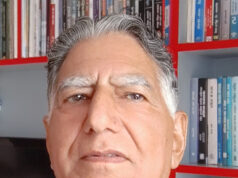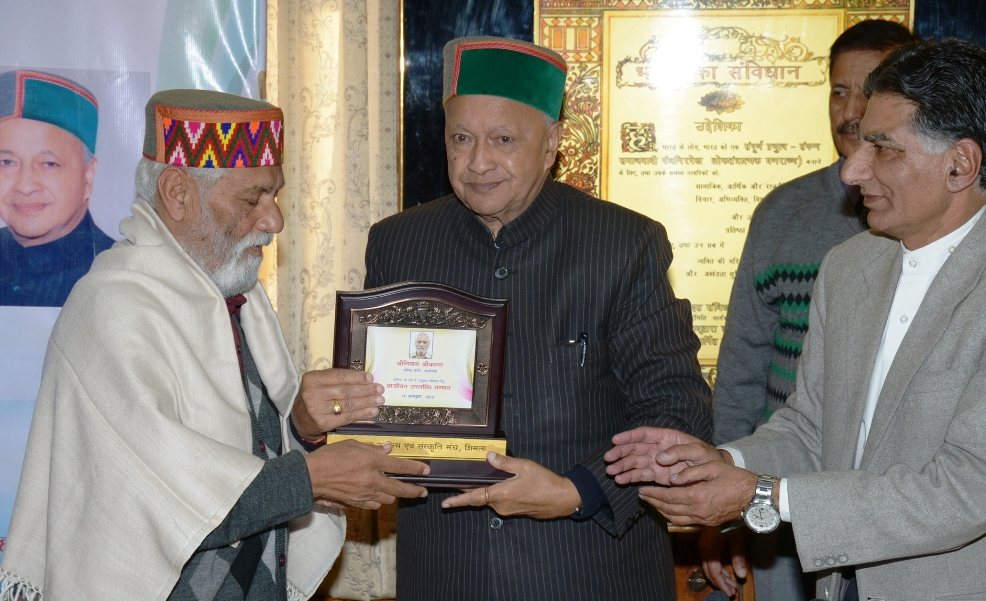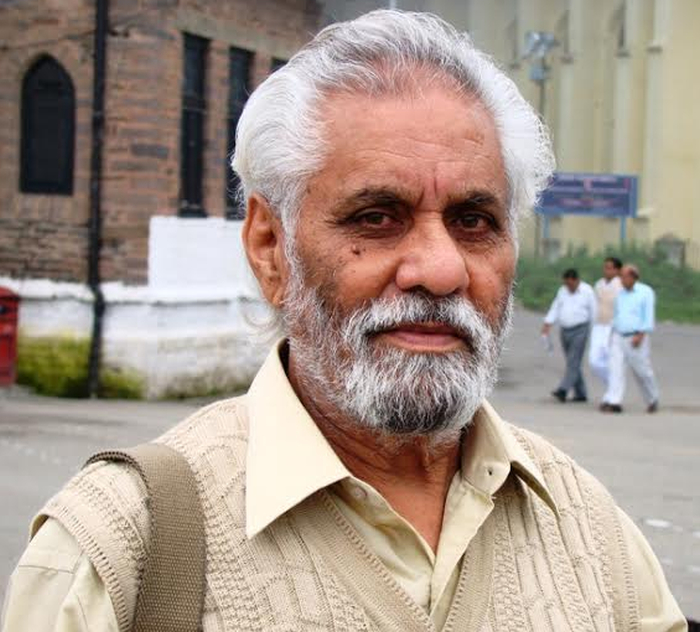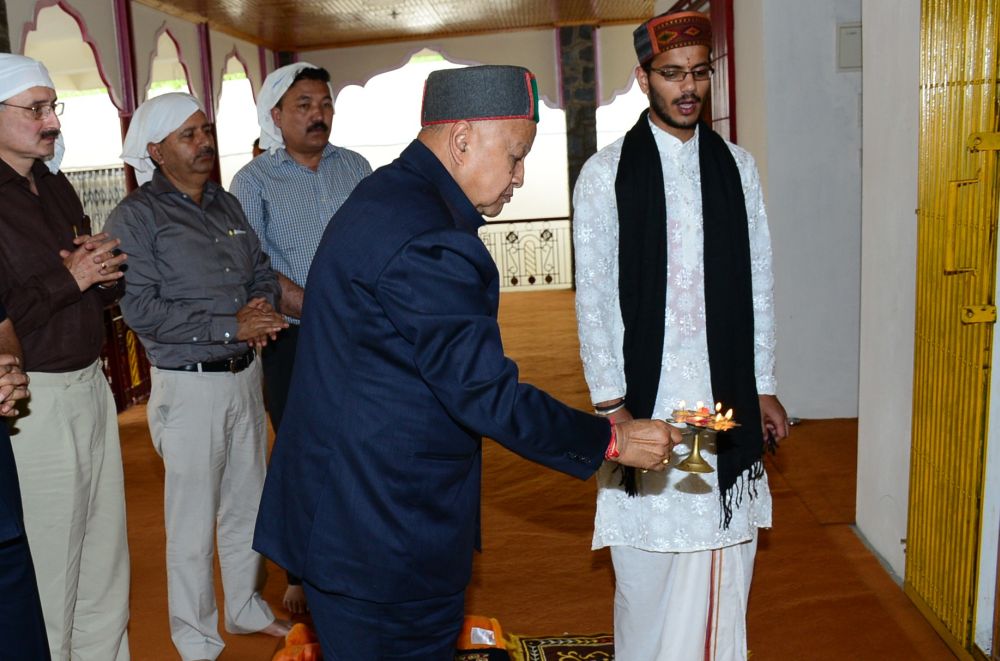Second edition of S.R Harnot’s famous Hindi novel ‘Hidimb’ is published by Adhar Prakashan Private Limited. The first edition of this novel was published during 2004 and had been released by a renowned senior critic and litterateur Prof. Namwar Singh in the World Book Fair at Delhi. The novel has been evaluated by various renowned critics and reviewers in Hindi language in different Literary Journals of repute. Hidimb has the proud privilege of being discussed and appreciated in a number of symposia and literary ensembles from time to time in the past by these critics and litterateurs.
Hidimb is a fiction and mostly belongs to poverty stricken and caste ridden grey areas of rural life in north western mid Himalayas. Writer wrote whatever he has experienced in his own life lived among the rural folk of this hill state.
Harnot writes in Hindi. His short stories have been widely published, received and reviewed favorably in literary magazines as also some of them having been translated in various languages including English. He has around seven scores of short stories including four books on Himachal. Hidimb truly is of a rustic leverage nurturing the spirit of rebellion against exploitation of the low caste people by the upper castes in one of the rural Indian settings. The idyll of the novel brings in to fore the plight of aggrieved people of the remote areas of Himachal Pradesh at the hands of those who preach and support inhumane and long lost conventional values of conservative society causing thereby indignation to the people earlier considered on the ladder of caste system.
The main character of the novel is Shavnoo, belongs to a Nad family earmarked for human sacrifice by way of KAHIKA a conventional ritual held periodically from time immemorial. The upper caste elders have prescribed this ritual presumably to please local gods for the prosperity and safety of the general public in their future existence. This particular event, however, is key point of the story told in flashback technique where under the father of Shavnoo was sacrificed in the prime of the life of his son. Helplessness of the victimized family on this occasion is illustrative of injustice still being inflicted even now on the downtrodden people under the democratic setup of the country.
The story is of immense human interest and value, suitably retaining all the social aims set up by the author in a promising work of fiction. The episode of Shavanoo is starkly realistic, unique in style suitably enacted with proper scenarios and screen play. The novel in itself underlines manifold truth of the present day miseries of people in a typical village of North Western Himalayas though difficult to believe now in the outer world. However, the novel has been written in a very simple and lucid Hindi language and style which can very easily be rendered in English. The 263 page novel contains interesting train of rustic events and presentation of characters yet to be seen elsewhere.







